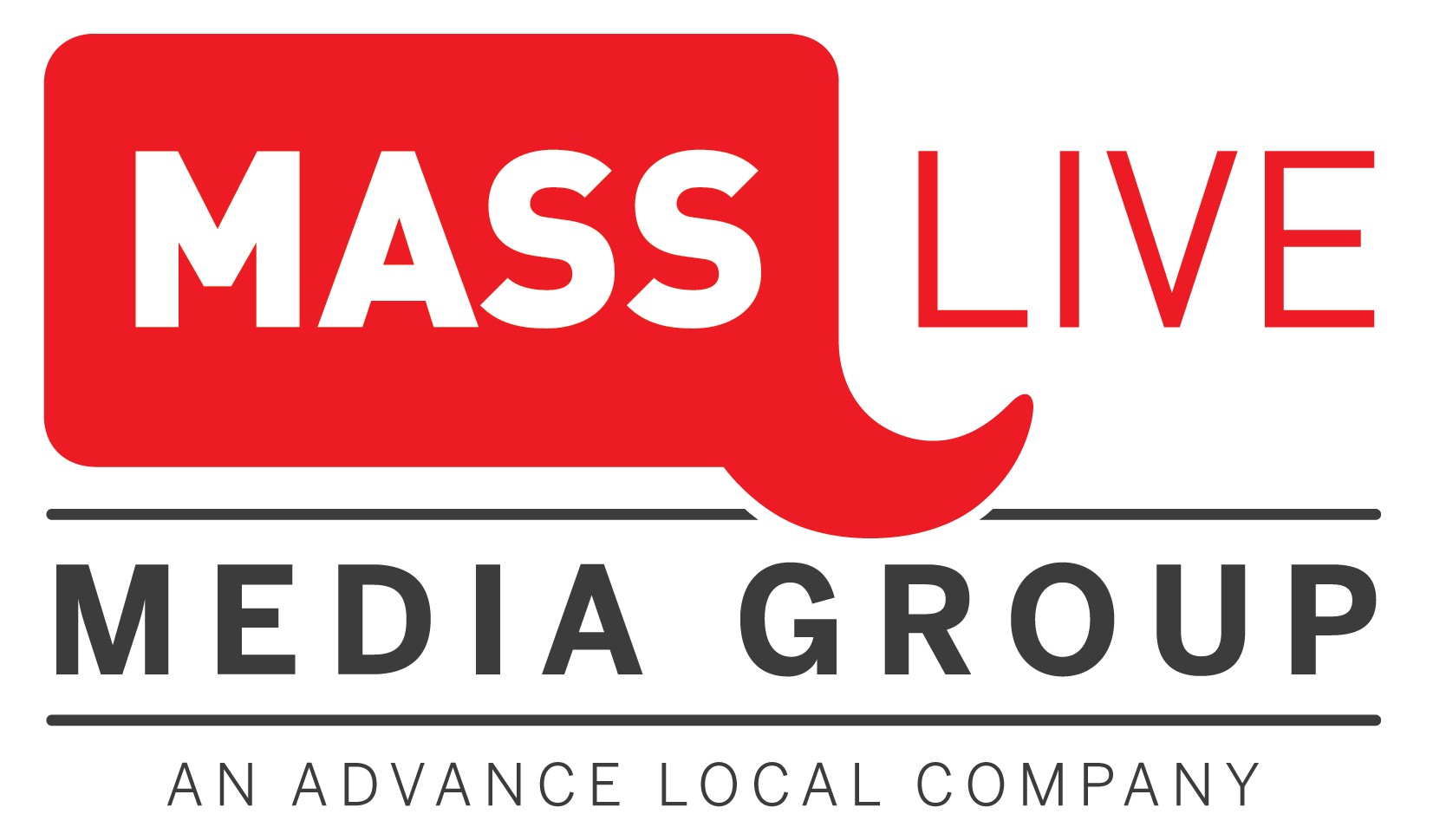Higher education is spending a lot of money to reach prospective students. But most of their efforts miss the mark. Why?
A limited understanding of student data prevents a school's ability to target higher education effectively.
You want to market successfully to new students. Therefore, you need to gather all that you know about your current and previous students. Going forward, you can develop a marketing plan from these insights.

Step 1: Identify what you know about your higher education target audience
Firstly, think of your marketing as an archery target. Furthermore, the bulls-eye consists of current and previous students. Equally important, this includes students enrolling directly after high school. But also transfer students, non-traditional students, and alumni.
What do you know about these groups? More than you might think.
- Age
- Gender
- Channel of first contact. This includes website, email, direct mail, ad, and social media.
- Family demographics. This includes household income, state of residence, and education level.
- School performance/interests. This includes GPA, major/minor, extra-curricular activities/level of engagement, and athletics.

Step 2: Analyze the data you have with your big questions in mind.
Consider this. For instance, you have all the information you could possibly want. Specifically, what are the 10-15 key questions you want to be able to answer about current and previous students and applicants? For example:
- What do students who complete their undergraduate career look like?
- Is the profile of current students the profile most desired by the college?
- Where are transfer students coming from and why?
- What motivates non-traditional students?
- How do alumni engage with the school?

Step 3: Apply your learning to maximize results.
Additionally, if you have these answers, what will you do differently? Moreover, data and analysis must be both accessible and actionable to be valuable.
- Find look-alikes consistent with key attributes of successful students.
- Analyze communication process and identify opportunities to increase efficiency
- Develop customized communications for each segment
- Test to determine best offer combinations
- Use findings from analysis to support development of marketing strategies
- Evaluate marketing strategy successes and optimize for continuous improvement
The stakes are high. Therefore, you need to specifically picture your target student. Furthermore, this will let you focus better on your higher education marketing campaign.
INDUSTRY INSIGHTS
Blog Posts
Recruiting Employees has Changed
All
With 53% of business leaders saying their greatest challenge is recruitment and retention of top-performing managers, great staff is a clear priority. But any recruiter…
5 Alternative Metrics to Improve Performance Tracking
All
There are many metrics for tracking performance in business, so why do digital marketers tend to only track click-through rates? The answer: clicks are an...
Prepare for 2019 Trends in Social Media
All
[FREE DOWNLOAD] 2019 is bound to be an exciting year full of disruption and opportunity. Brands who are willing and able to navigate the chaos…



 Ad Choices
Ad Choices